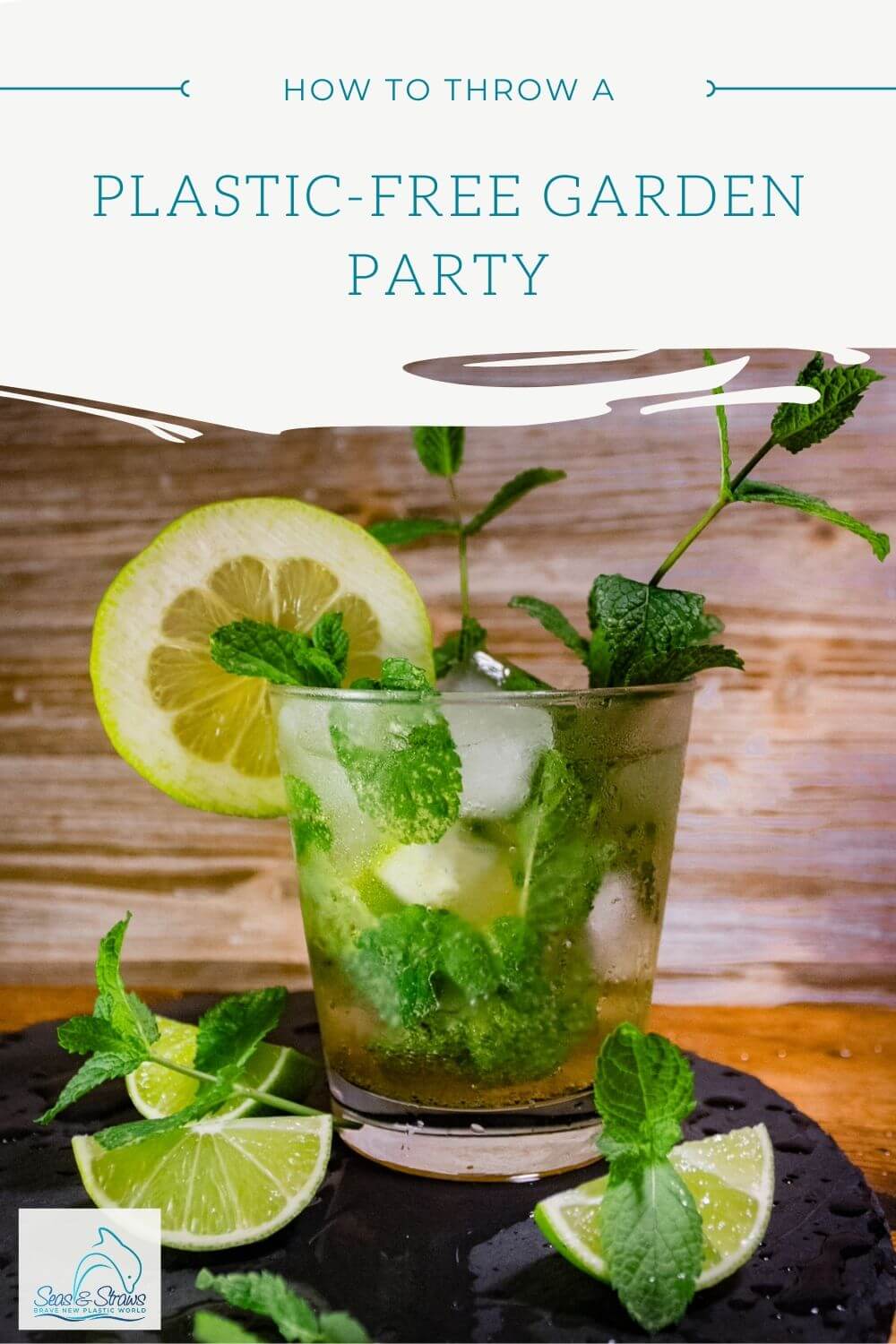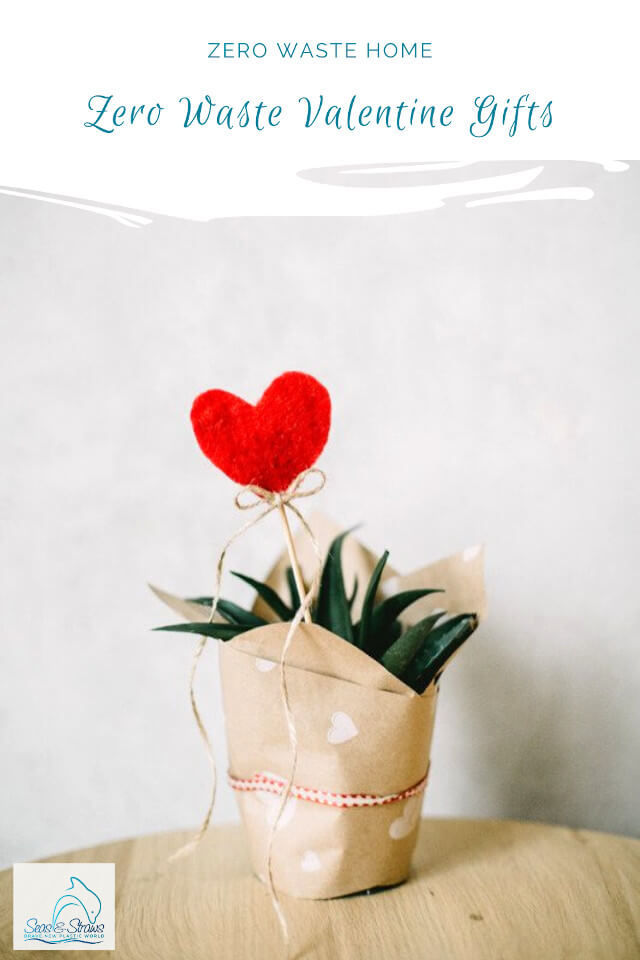- Home
- Plastic-Free Celebrations
- Go Green for Halloween
Go green for Halloween
Spooky season is almost here! That means lots of fun, creepy costumes, creatively decorated houses ... and a lot of environmental waste. From plastic candy wrappers to costumes we toss out at the end of the night, there are many ways this one night creates waste. On top of that, it also costs a lot - last year alone, over $10 billion was spent on Halloween in the U.S.!
Before we dive into how we can make this Halloween greener (and cheaper), let's take a close look at how this scary night has a scary environmental impact.
The Scary facts
Costumes
On average, 7 million Halloween costumes are thrown away each year - the equivalent of 83 million plastic bottles. Most Halloween costumes are made of synthetic fabrics like polyester, which are not degradable and release harmful toxins into the environment in landfills.
Pumpkins
8 million of the 1.4 billion pumpkins made for Halloween in 2019 will end up in landfills. The energy, water, and other resources used in the production of these pumpkins have an impact on the environment. Plus, it's a waste of a really good, healthy, completely waste-free product.
 8 million pumpkins are thrown away after Halloween. What a waste!
8 million pumpkins are thrown away after Halloween. What a waste!Decorations
At $10.8 billion, American consumers spent more money on decorations this year than ever before. These decorations are typically made of plastic and non-recyclable materials like glitter. After the holidays, Americans typically throw away 25% more plastic than usual, further increasing trash piles and pollution.
 Save your wallet and the environment this year for Halloween.
Save your wallet and the environment this year for Halloween.Candy
Americans spend $600 million on candy during Halloween. Much of it is thrown away instead of being eaten, where it begins to rot, plastic and all, further adding to the food and plastic waste problem. Plastic candy wrappers account for most of the waste generated by trick-or-treaters. Because they are so thin, they usually can't be recycled.
What can you do to go green for Halloween?
Costumes
You have two choices:
- Recycle. Make your own costumes by upcycling old clothes or browsing a local thrift store for great costumes. For example, you can use anything from old bed sheets to cardboard boxes, and PVC pipes to turn your clothes into characters like Blair Waldorf (Gossip Girl) or Where's Waldo.
- Reuse. Keep wearing previous costumes instead of buying new ones every year. Put your costumes on rotation so it doesn’t feel like you’re simply repeating outfits.
Pumpkins
Many people have forgotten nowadays, but the pumpkin is the ultimate zero-waste Halloween decoration because you can use just about every part of it. After you've had a blast on the peel, you can use the mushy "guts" to make pumpkin soup for family dinners, and the seeds can be roasted and sprinkled on salads. After the feast, you can dispose of the hollowed-out pumpkin in the compost or feed it to animals. Many animals such as horses, cattle, sheep, and goats find pumpkins very tasty. Zoos are always happy to receive a donation after the holidays, too.
 Pumpkin are the ultimate zero-waste Halloween decoration.
Pumpkin are the ultimate zero-waste Halloween decoration.Decorations
Before you head out on your next big haul for the scariest skeletons, there are a few things you can do to reduce your waste:
- Reuse old Halloween decorations, or put a creative spin on decorations that aren’t exactly for Halloween (bloody snowman, anyone?).
- Get crafty! If you’ve got some cardboard, paints, and scissors you already have all you need for some basic decorations. You can kick things up a notch by repurposing regular household items and adding a little spook to them.
- Here are a few inspirations: Stockings as cobwebs, peanuts as worms, and cardboard boxes as tombstones.
 Get creative with this year's Halloween decoration!
Get creative with this year's Halloween decoration!Compost and recycle
After the night's fun, there's bound to be some waste you couldn't avoid. Compost the organic waste, and recycle what can be recycled.
How are you taking care of the environment this Halloween? Share with me on Social Media how you Go Green for Halloween!















